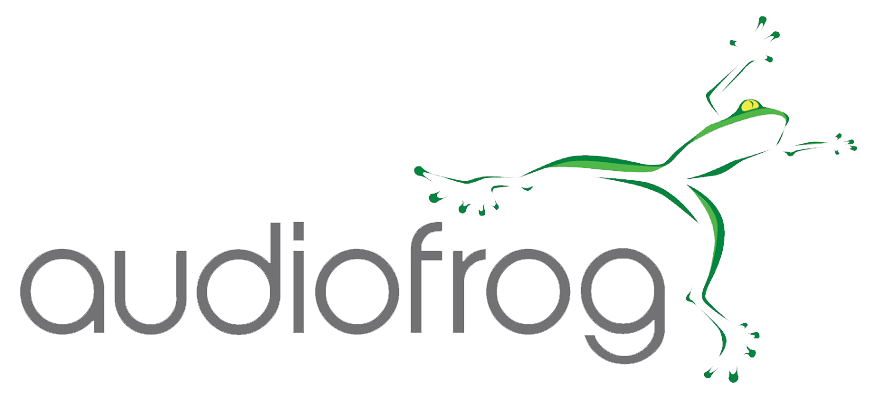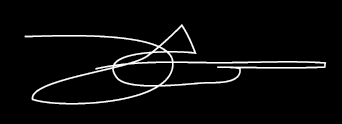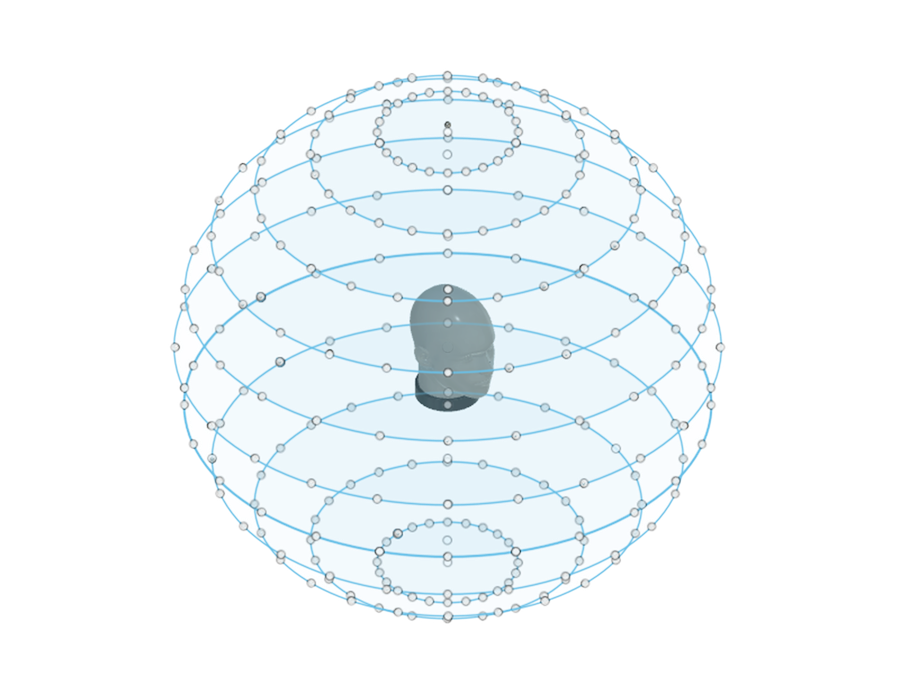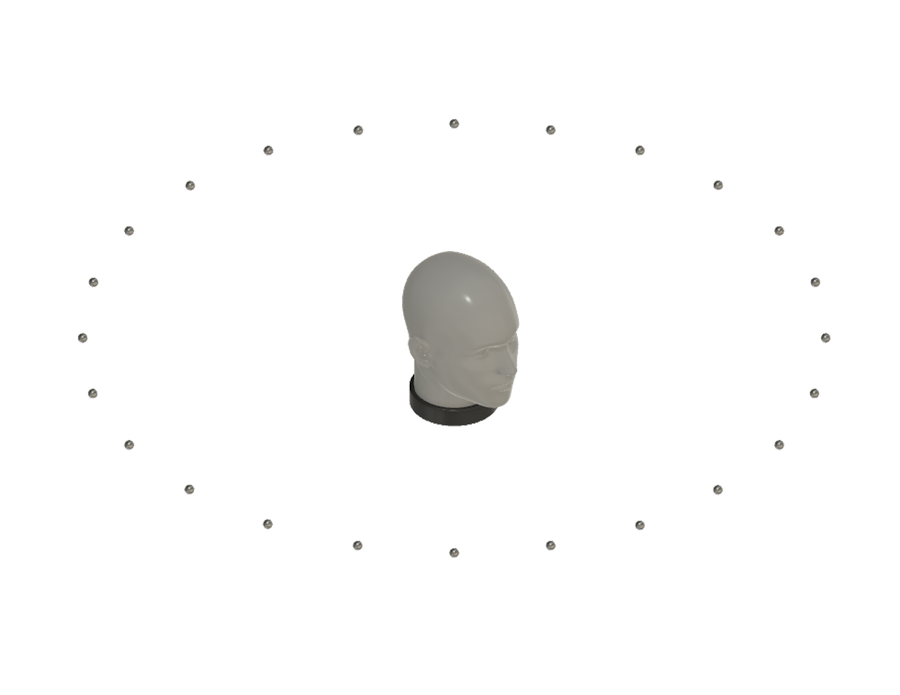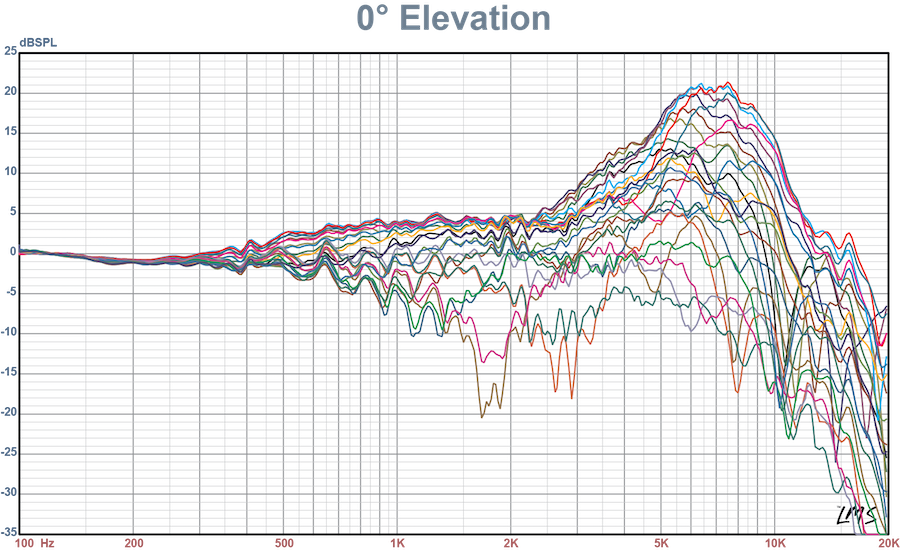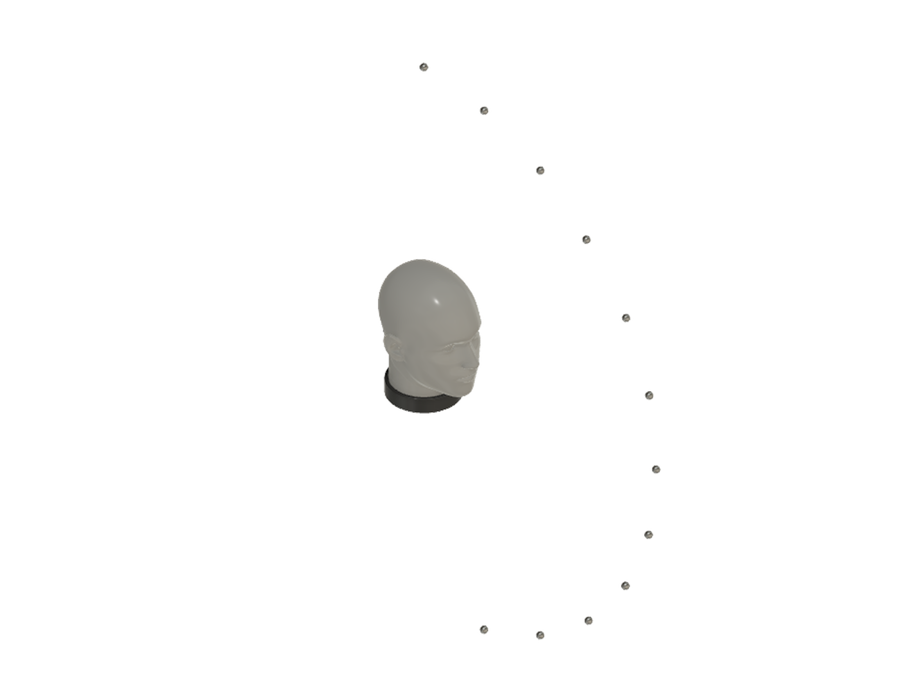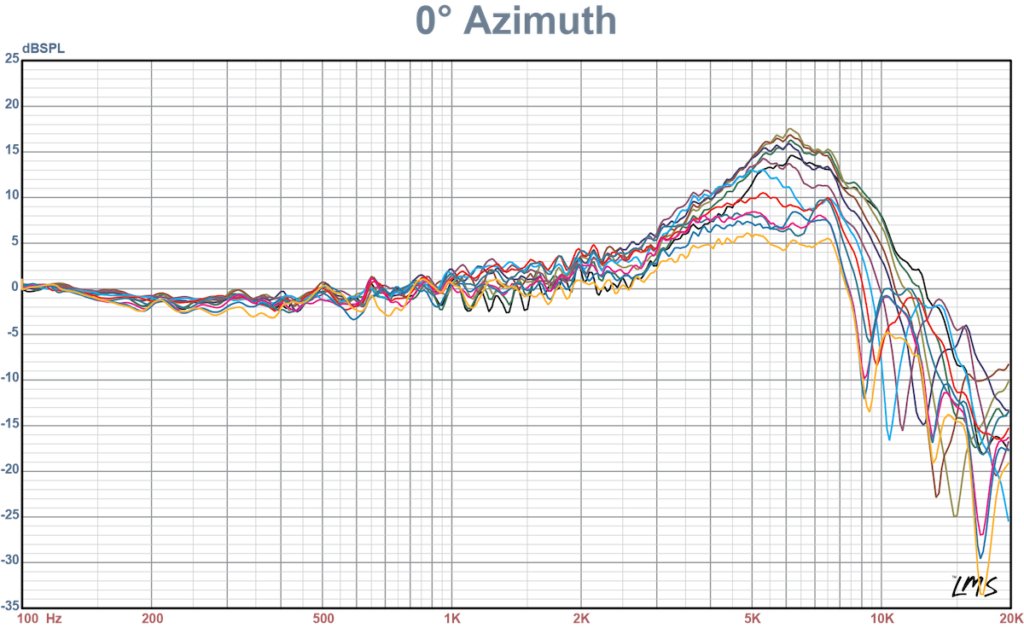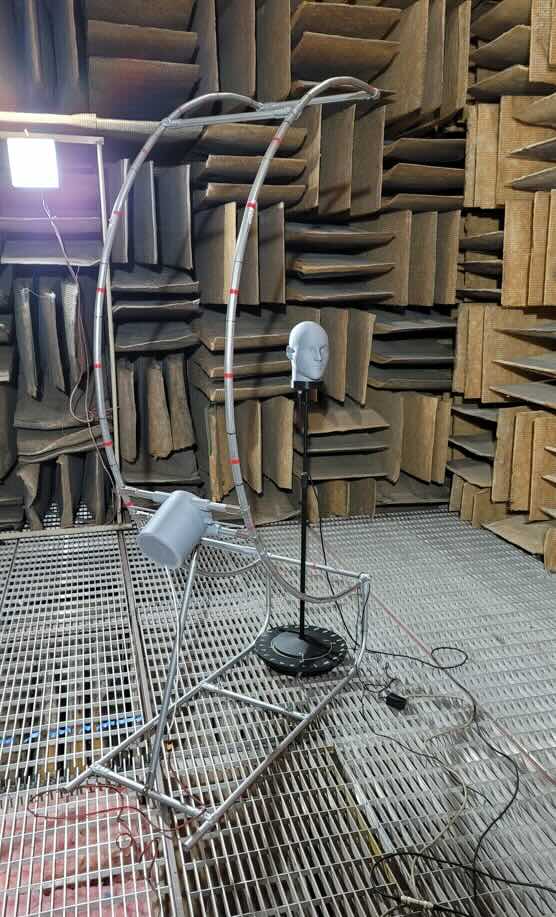Introducing the Audiofrog BHM-1 Binaural Head Microphone
Audiofrog’s new BHM-1 Binaural Head Microphone makes capturing audio in 3D easy. Simply place the head microphone in any space in which you want to capture the sound of a live event, connect your audio recorder to any of three connection and signal types in the base and press record. Listening to the recording over a pair of high-quality headphones will reproduce sounds as if they were in front, above, to the sides and even behind you.
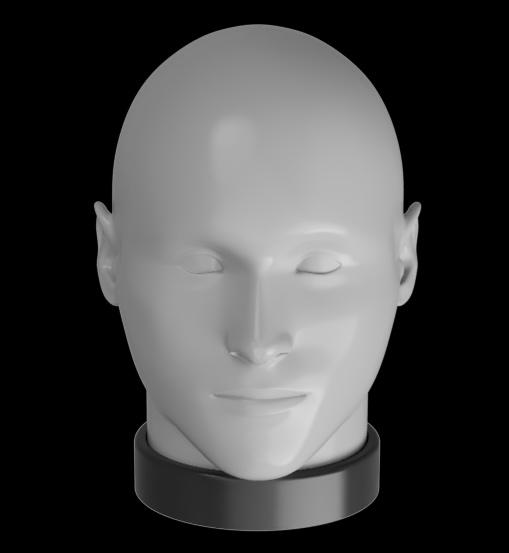
$1499
$1199
INTRODUCTORY PRICE
Discount available for accredited educational institutions and students. Please email BHM-1@audiofrog.com for details.

